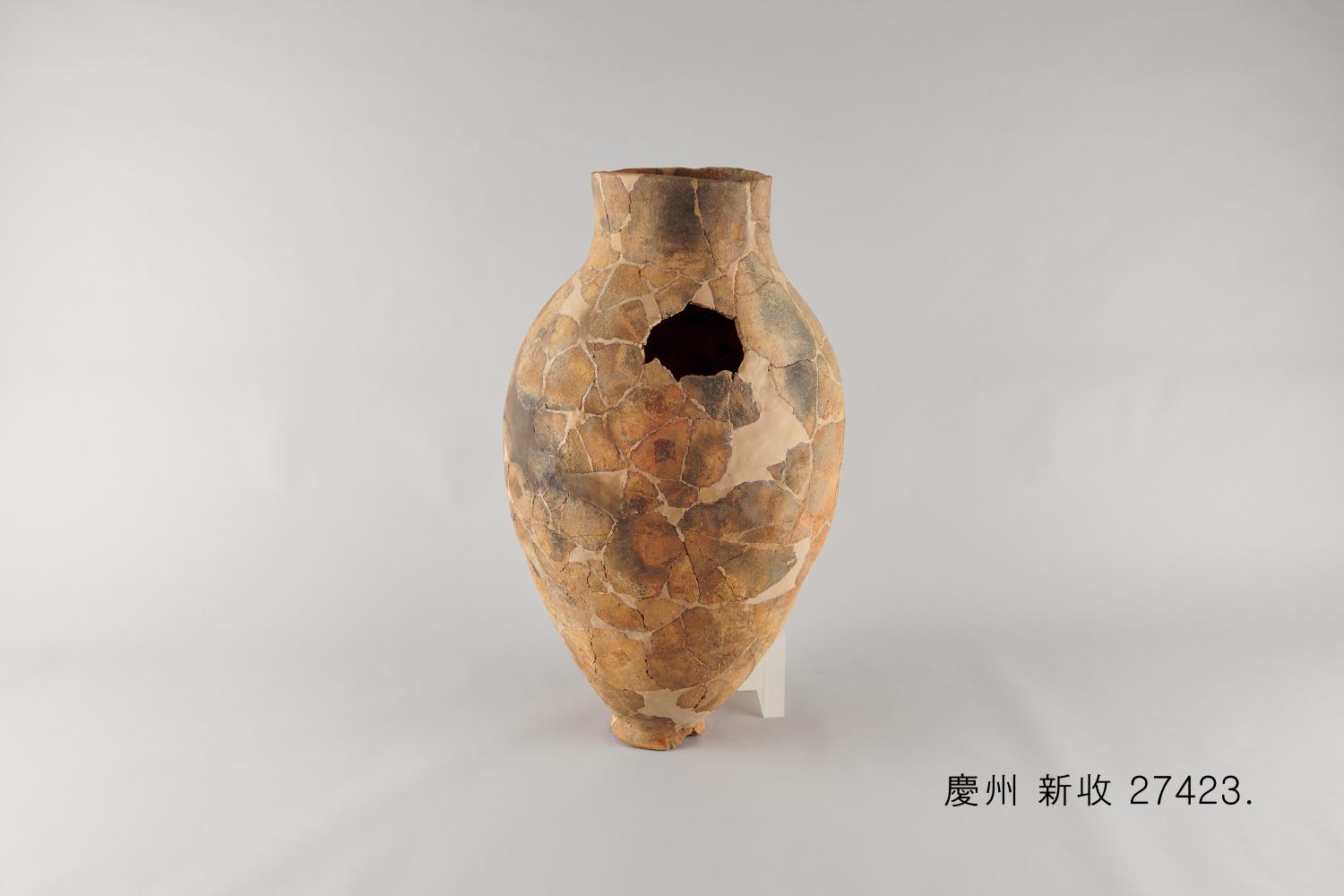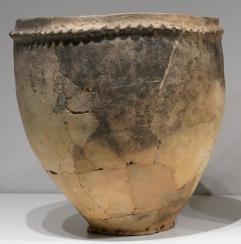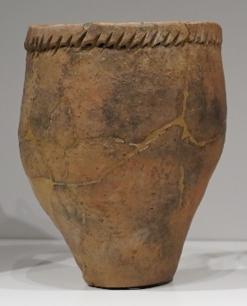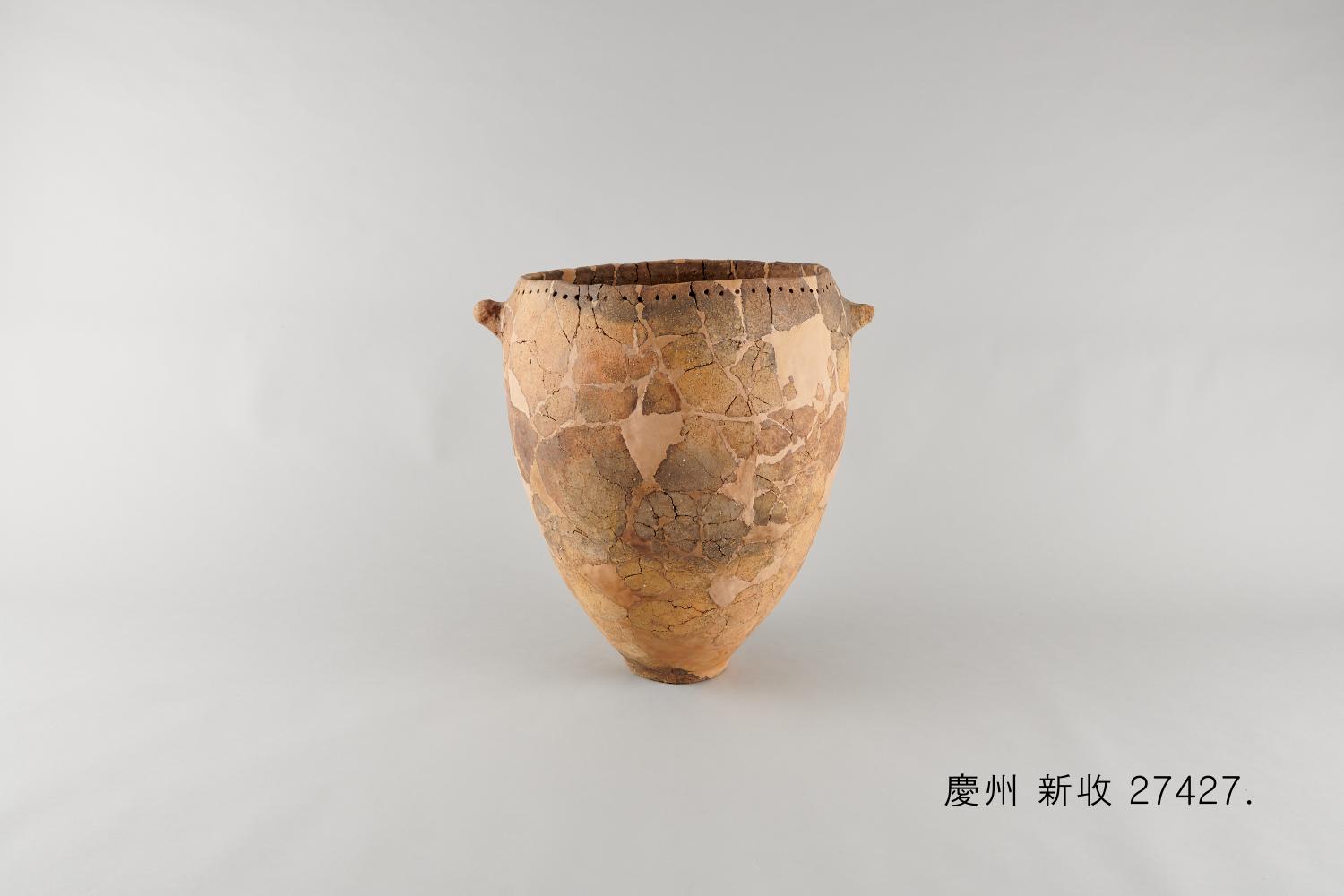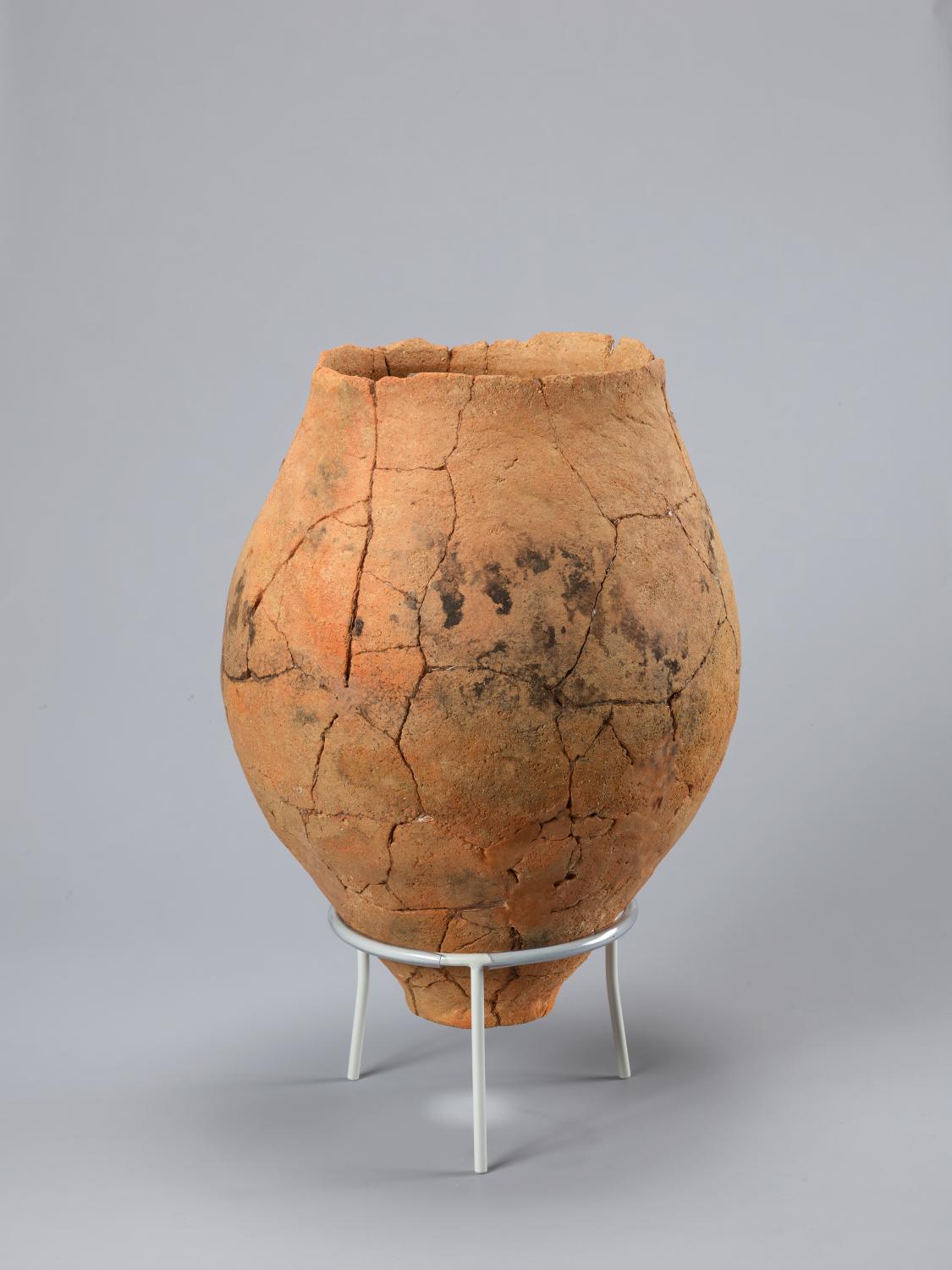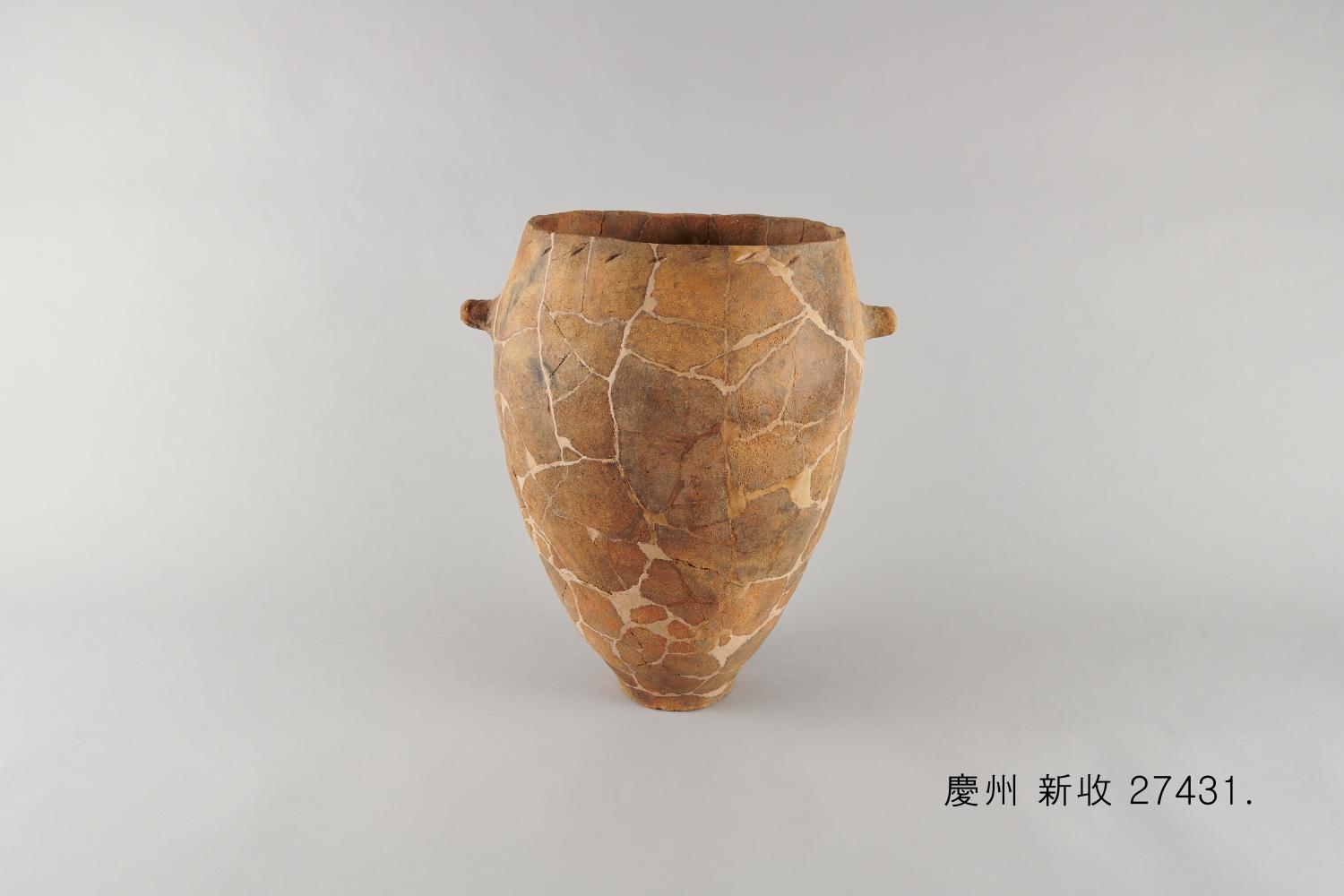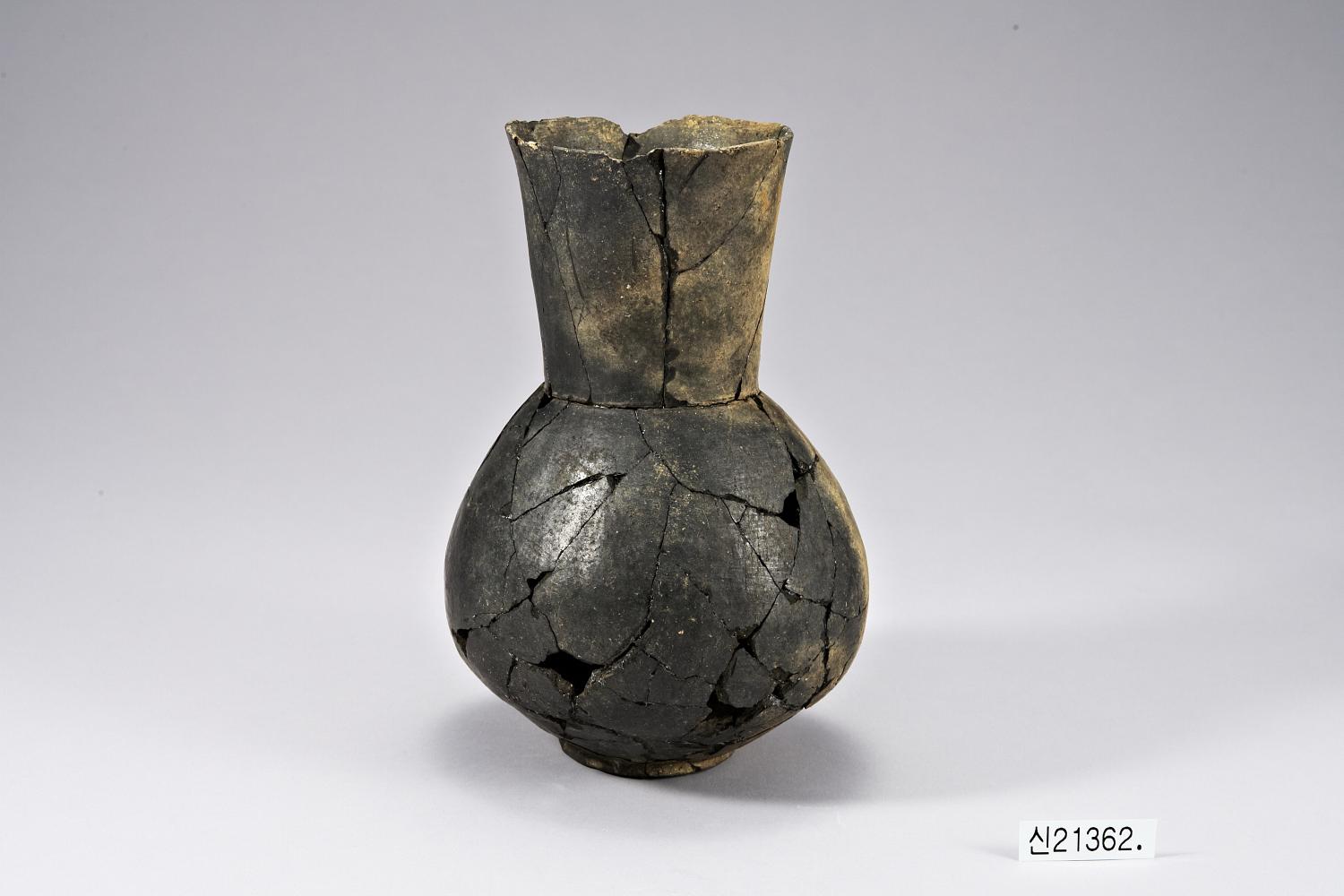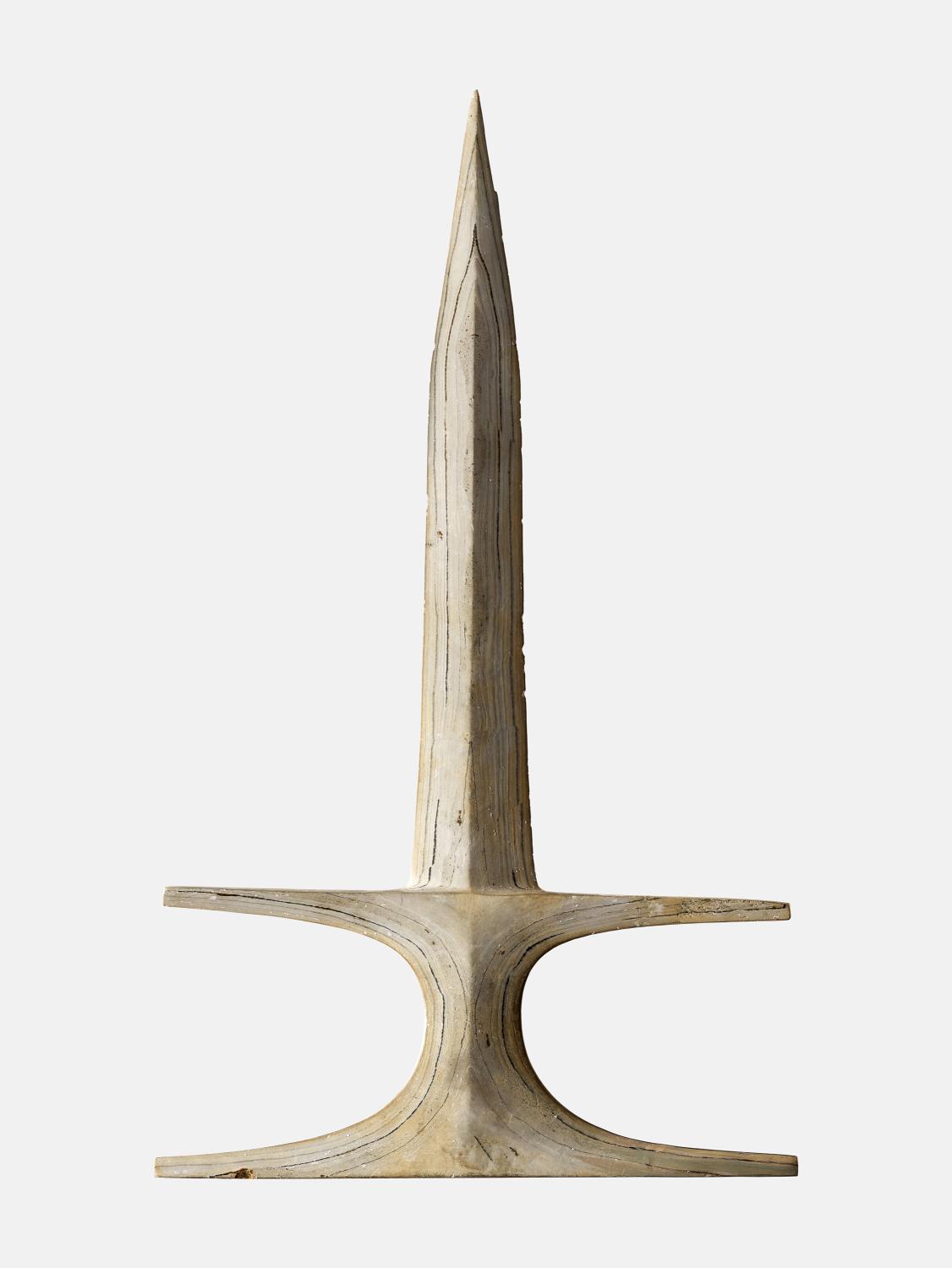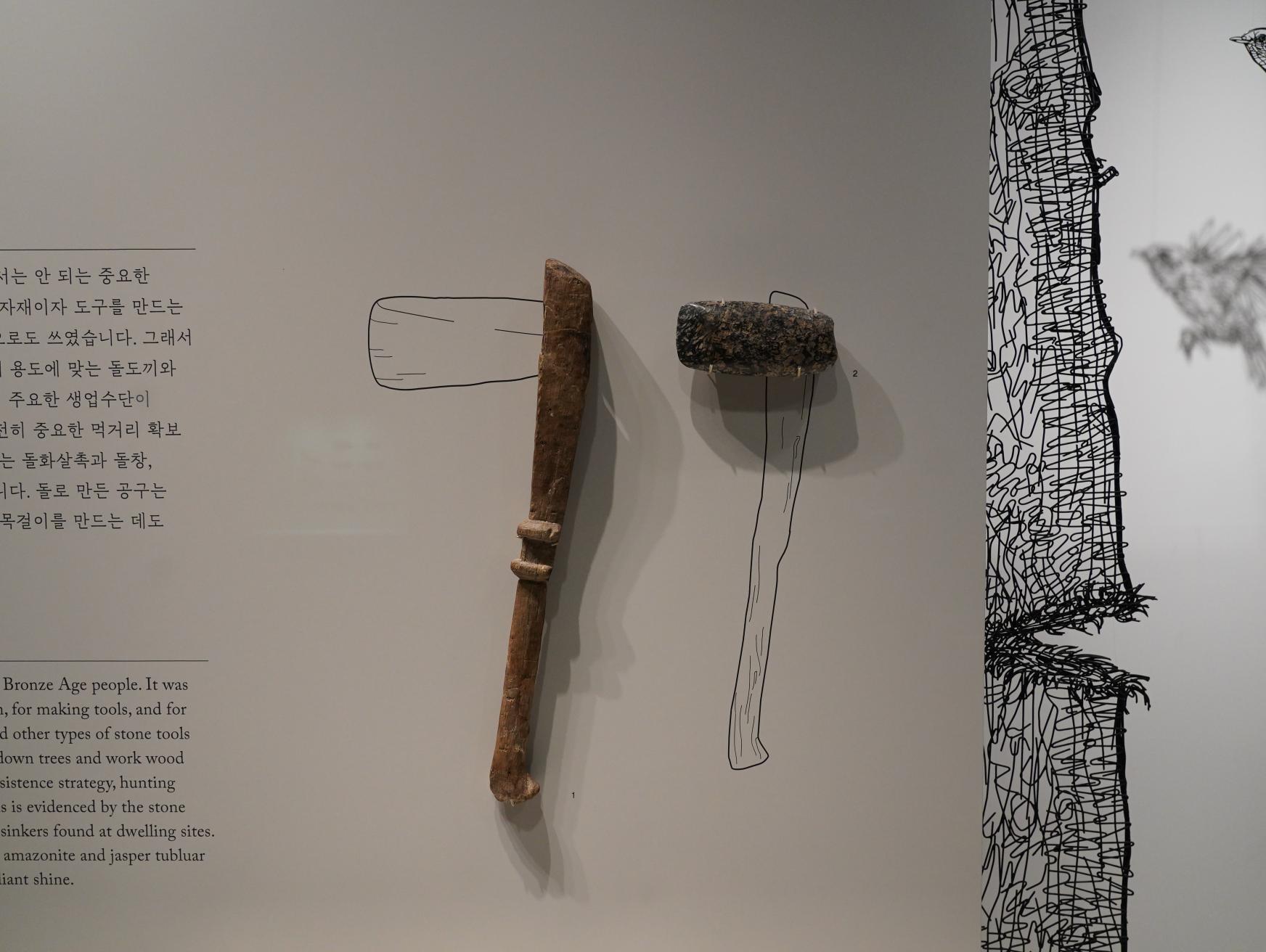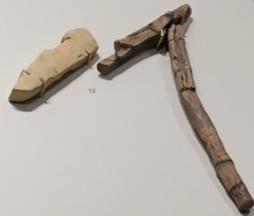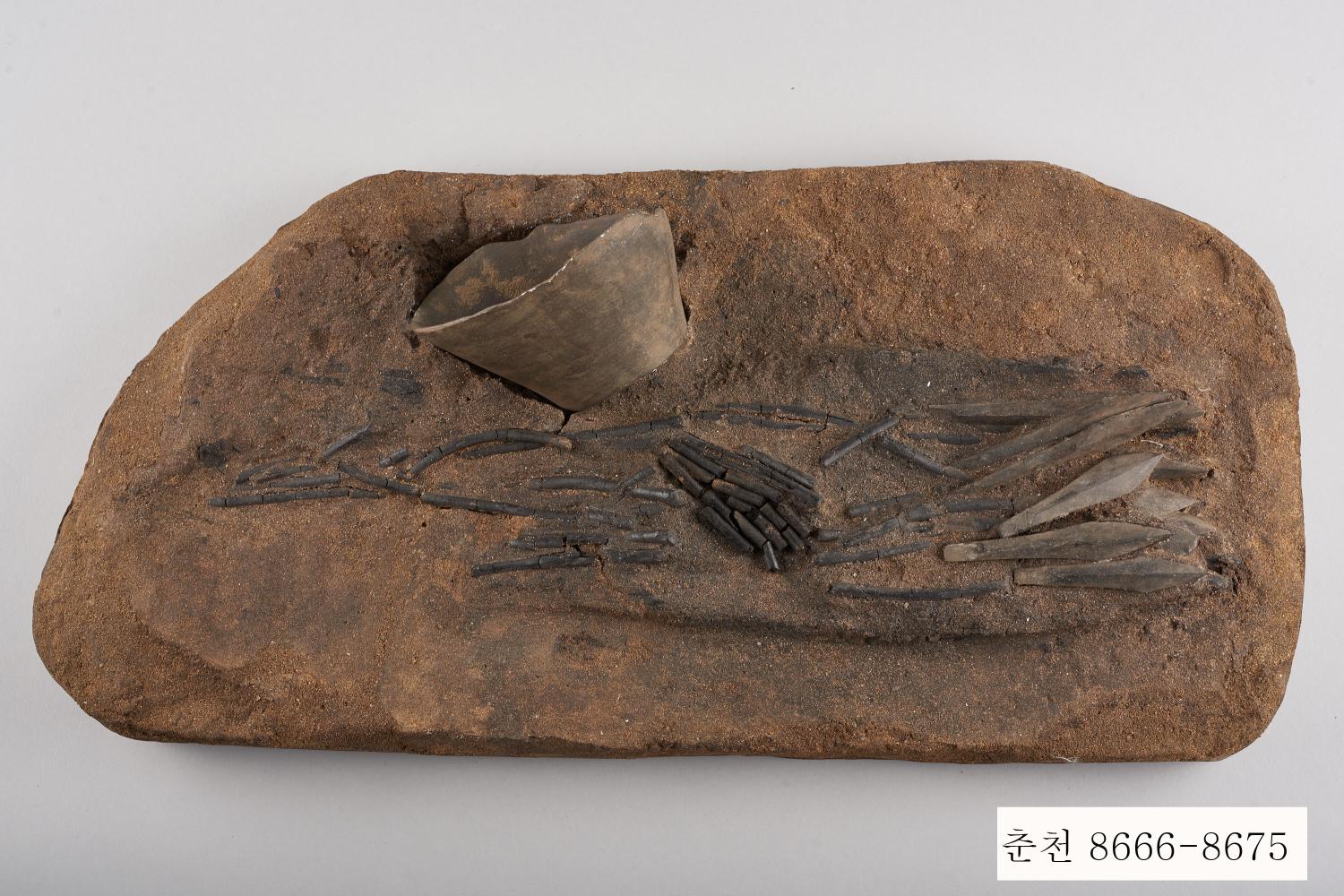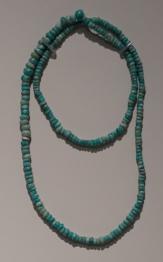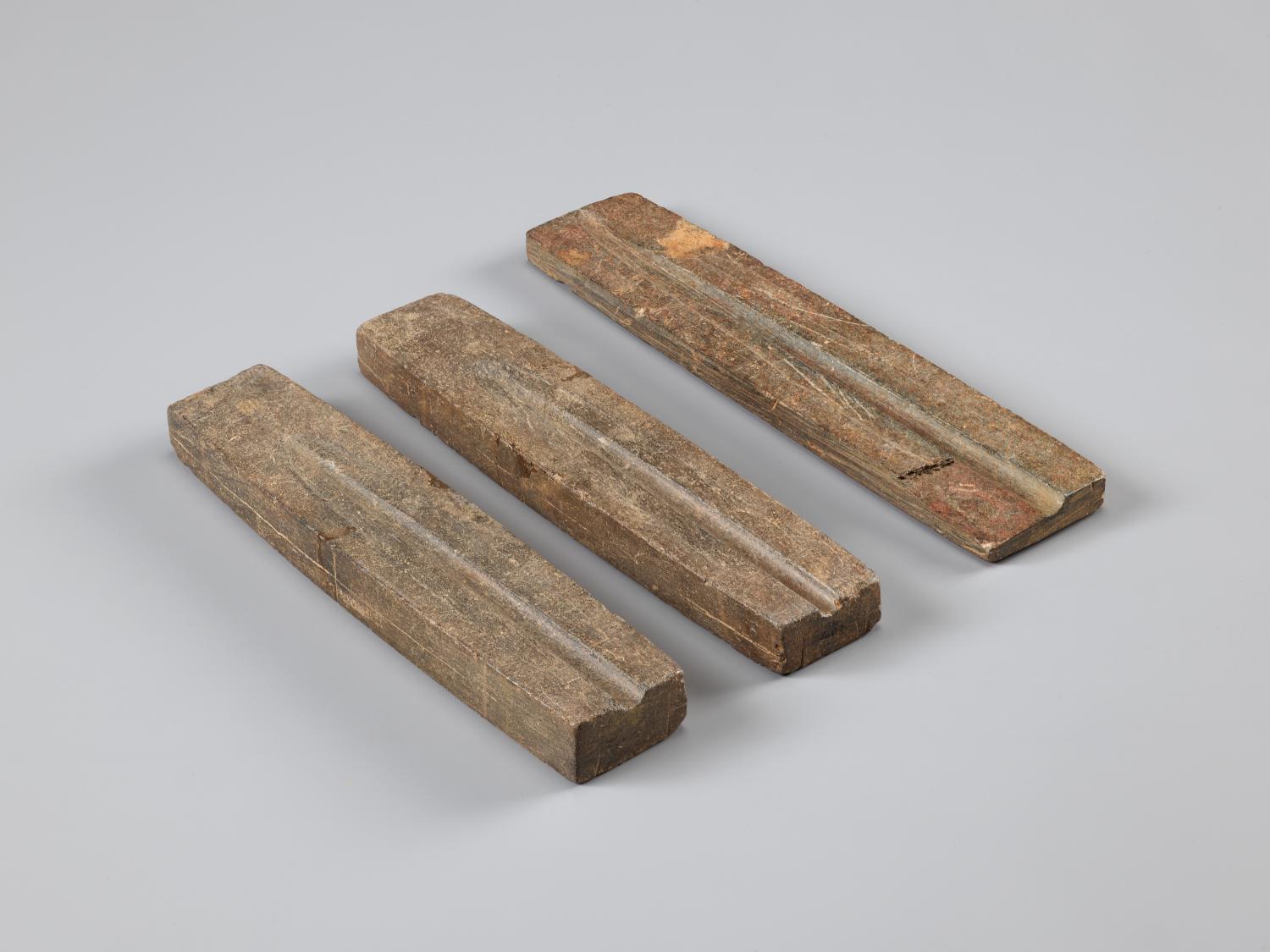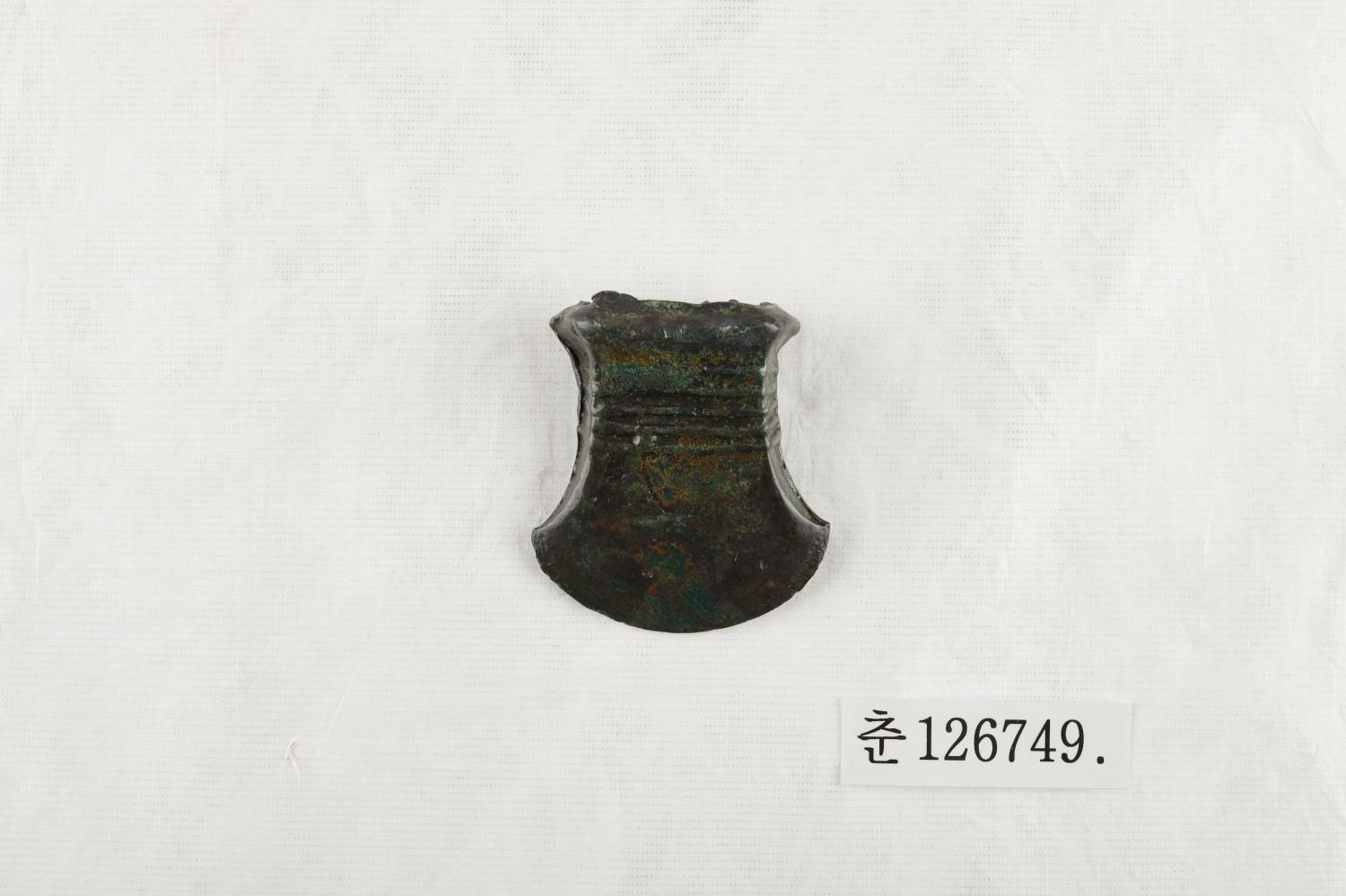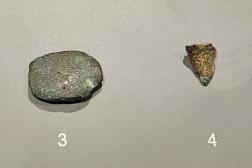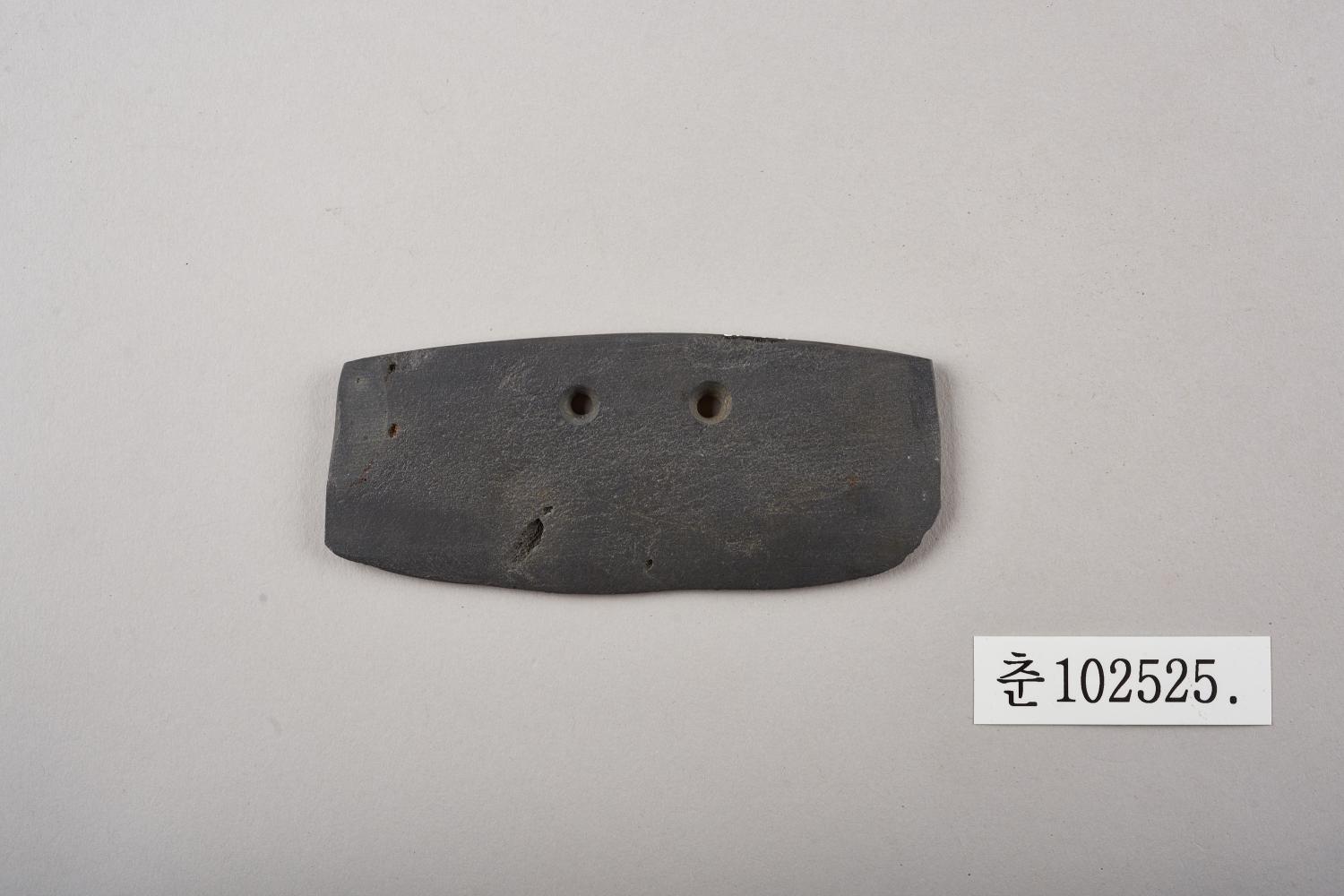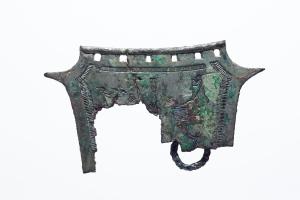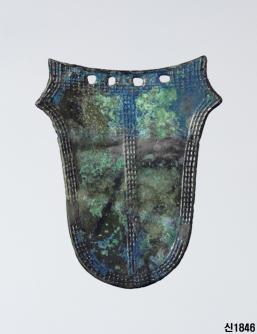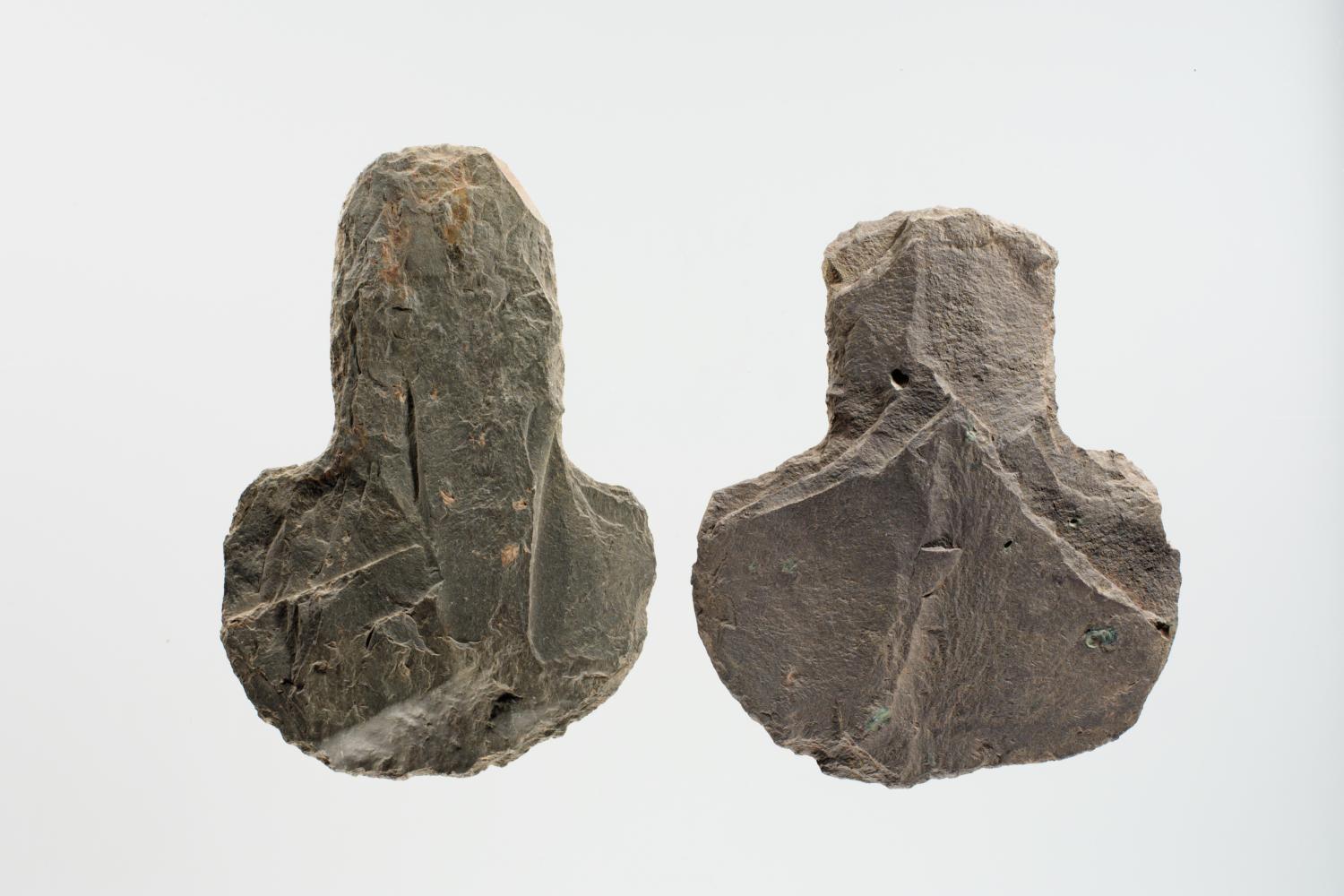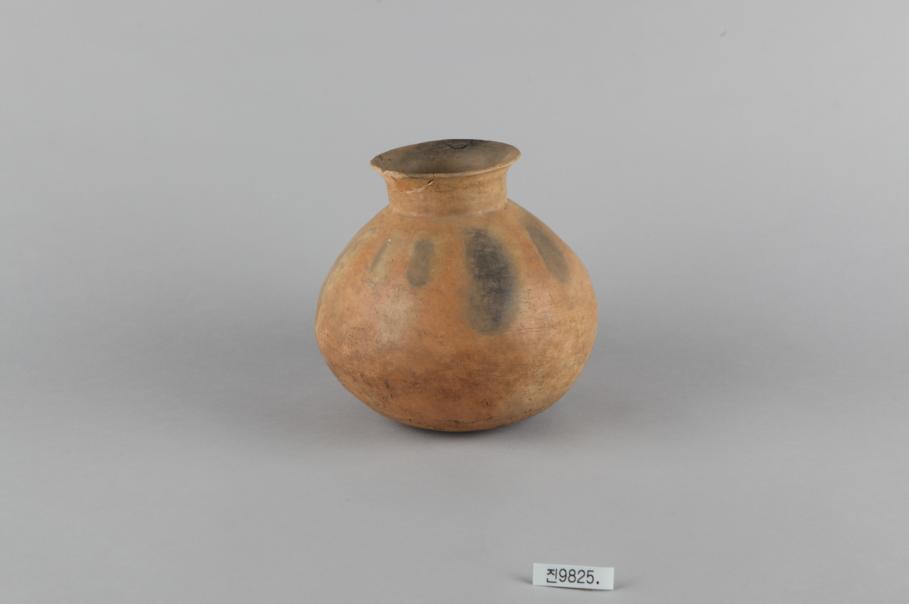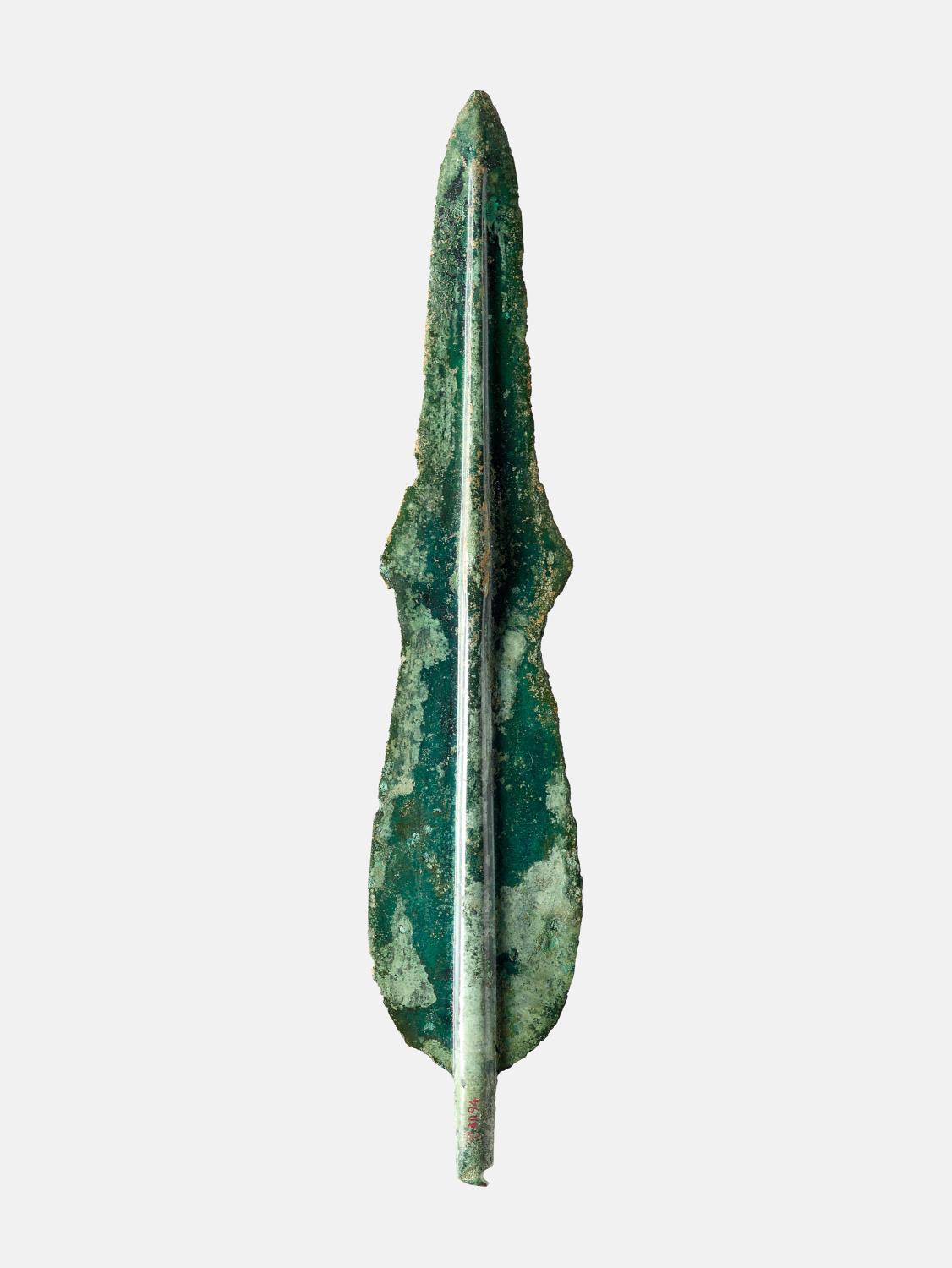- Children’s Museum
- NMK Magazine
- Museum Shop
- Related Site
- Gyeongju National Museum
- Gwangju National Museum
- Jeonju National Museum
- Daegu National Museum
- Buyeo National Museum
- Gongju National Museum
- Jinju National Museum
- Cheongju National Museum
- Gimhae National Museum
- Jeju National Museum
- Chuncheon National Museum
- Naju National Museum
- Iksan National Museum
- Cultural Foundation of National Museum of Korea
- Friends of National Museum of Korea
- The Korean Museum Association
- Language
Prehistory and Ancient History
The Prehistory and Ancient History section displays artifacts that represent some of the earliest evidence of Korean civilization and culture, from stone tools of the Paleolithic age to gold jewelry of the Silla Kingdom and stone monoliths of the Balhae era, with each room documenting those aspects that uniquely define each of Korea's different periods of ancient history.
-
Bronze Age
-
Location
Showroom
Introduction
- The Bronze Age, the Development of Farming and Villages, and the Appearance of Metals
- Bronze appeared across the Korean Peninsula and northeastern China around 1,500 BCE. However, bronze remained a rare material, so everyday tools continued to be made of stone or wood. Another major change is that farming became the most important means of subsistence. Farming required the communal labor and cooperation of the entire village, and large villages naturally developed as a result. The large farming villages established around this time formed the foundations of the ancient states that later arose on the Korean Peninsula. The development of farming led to many conflicts within and between communities, which required mediation by a leader. The role of such leaders became more important, enabling them to increase their authority and power. Local communities built large stone monuments, such as dolmen tombs, to remember them.
-
-
-
Location
-







 X
X  Facebook
Facebook 
